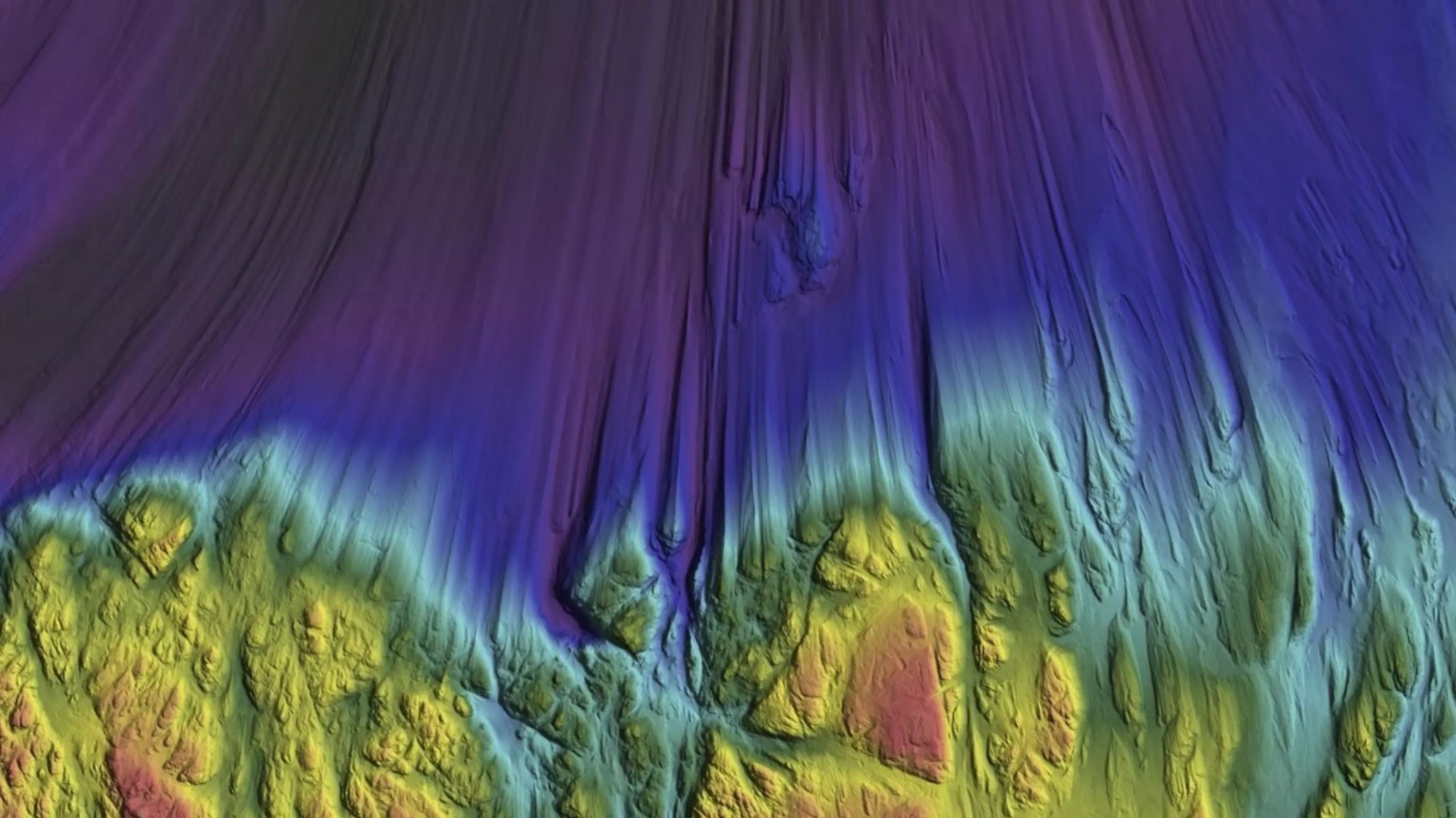In a move to revolutionize marine conservation and environmental restoration efforts in Italy, the Italian Institute for Environmental Protection and Research (ISPRA) has selected Fugro and CGR, to map the seagrass around the country.
Fugro in partnership with Compagnia Generale Ripreseaeree (CGR), are going to leverage their cutting-edge technology and extensive experience in coastal resilience solutions to deliver the crucial mapping component of the MER Project.
Climate change is causing the rise of sea level, changing the frequency and intensity of storms, and warming the ocean beds. This also results in rise of atmospheric concentrations of CO2, making the oceans absorb more gas and ultimately turn acidic, throwing the coastal ecology off-balance.
Aim of the MER Project
The MER Project aims to restore the marine habitats, fortify the national system for observing marine and coastal ecosystems, and comprehensively map coastal and marine habitats across Italian waters (specifically Posidonia oceanica and Cymodocea nodosa seagrass meadows).
Fugro and its partners will play a pivotal role in the success of the MER project executing the MER Project’s mapping phase via a mix of mapping methodologies.
The project will begin March 2024 through to June 2026, which also includes acquisition of hydrographic data utilizing state-of-the-art sensors, including airborne lidar and imagery, airborne gravimetry and satellite sensors covering 10 200 km²; vessel-based multibeam technology spanning 4000 km2; and deployment of an autonomous underwater vehicle, one of Fugro’s state-of-the-art underwater drones, to cover 4000 km of coastline for direct observation and ground-truthing of other datasets.
Mark Heine, Fugro’s CEO said: “The MER Project represents a milestone in marine ecosystem restoration. Our Geo-data for this transformative project will support the conservation and restoration of Italy’s coastal and marine ecosystems for generations to come spearheading the drive towards a sustainable future for Italy’s marine heritage, for a safer and more liveable world.”
The collected data will be managed through VirGeo, Fugro’s cloud-based Geo-data engagement platform, to provide seabed and habitat mapping insights, enhancing the local Government’s decision-making process for the protection of coastal marine habitats.
The Project Director at ISPRA, Giordano Giorgi, and the Technical Director at ISPRA, Sante Francesco said: “This contract signifies a significant milestone in our environmental efforts within the PNRR Marine Ecosystem Restoration project and specifically aligns with Mission 2: Green Revolution and Ecological Transition and the objectives to protect the territory and water resources and restore and protect the seabed and marine environments. The project is administered by the Ministry of Environment and Energy Security, with funding from the European Union’s Next Generation EU programme”.
Fugro’s Role in Ocean Climate Action
While governments, academia and NGOs have made steady progress in this domain, the private sector holds a vast reservoir of valuable ocean data, acquired through activities such as offshore energy exploration, marine infrastructure development and scientific research. This data encompasses a wide spectrum of insights, including bathymetry, physical oceanography and biodiversity.
As the world’s leading Geo-data specialist, Fugro is dedicated to mapping, modelling and monitoring ocean data in support of the energy transition, sustainable marine infrastructure and climate change adaptation.
They are also a leading voice on global ocean science initiatives, with the goal of increasing private sector data sharing. This commitment was initially inspired through the 2016 Forum for Future Ocean Floor Mapping in Monaco. During this meeting, the need for a global map of the ocean was made clear.
Using advanced remote command and control technologies, Fugro instituted an in-transit bathymetry programme to collect valuable, high-resolution bathymetric data.
Fugro’s strong involvement in the Seabed 2030 project led to a partnership with the Intergovernmental Oceanographic Commission of UNESCO (IOC/UNESCO) in support of the United Nations Decade of Ocean Science for Sustainable Development (Ocean Decade).
This partnership, which includes the loan of Fugro experts to the IOC Secretariat in Paris, is transforming the coordination of global ocean science data and improving access to privately owned data.
The MER Project
Implemented by ISPRA and administered by the Ministry for the Environment and Energy Security, the PNRR MER Project (Marine Ecosystem Restoration) is the largest project on the sea in the context of the National Recovery and Resilience Plan. In total funding of 400 million euros have been allocated for this project for 2022-2026.
Main activities foreseen by the Project:
1. The reconstruction of banks of the European flat oyster (Ostrea edulis) in as many as 5 regions of the Adriatic: Friuli Venezia-Giulia, Veneto, Emilia Romagna, Marche and Abruzzo. Oysters have the ability to build real limestone reefs, the equivalent of tropical coral reefs at our latitude
2. Another unprecedented element of the Project is the mapping of the coastal habitats of the entire Italian coast.
Sensors capable of covering 581 km2 of surface to be investigated will be used, airborne and satellite sensors on an area of 10,200 km2, Multibeam technology on an area of 4000 km2 and in situ acquisitions using an Autonomous Underwater Vehicle (a kind of drone underwater) to cover 4000 km of linear coastline
3. Monitoring using coastal HF radar antennas involves the installation of 13 new antennas and the maintenance of 7 existing antennas with a total sea coverage of approximately 9800 sq km.
4. Construction of a new national network of offshore buoys for monitoring wave motion, sea currents and weather parameters, adding to the already existing National Wave Measurement Network (RON).
It is planned to install at least 6 monitoring stations at depths of up to 1,000 meters and at least 4 monitoring stations at depths of up to 3,000 meters several miles from the coast, within the future Exclusive Economic Zone (EEZ).
5. The Ondametric Network will be restored with its 15 monitoring points, distributed along the national coasts, which will provide fundamental elements for the climate change scenarios that will affect our peninsula in the coming years and decades.
6. About 90 seamounts will be mapped for deep habitats, located in the Ligurian Sea, the Upper and Lower Tyrrhenian Sea, the Sardinian Sea, the Ionian Sea and the Southern Adriatic Sea, for an estimated surface area of about 14,000 km2.
7. ISPRA data show that 86.5% of waste at sea is linked to fishing activities and 94% of these are abandoned nets. The MER project involves the identification and restoration of at least 15 areas where there are abandoned fishing and/or aquaculture gear, preserving the local fauna and flora.
(Source: Geospatialworld.net)
Vedi anche
The formation of a new altimetric model of the Italian territory
Public Tender for the realization of Digital Twin of an entire spanish region: Cantabria
Message by Gabriel Ortiz, director of cartographic service of Cantabria, Spain:
We’re looking for top-tier companies with strong expertise in
Read More




